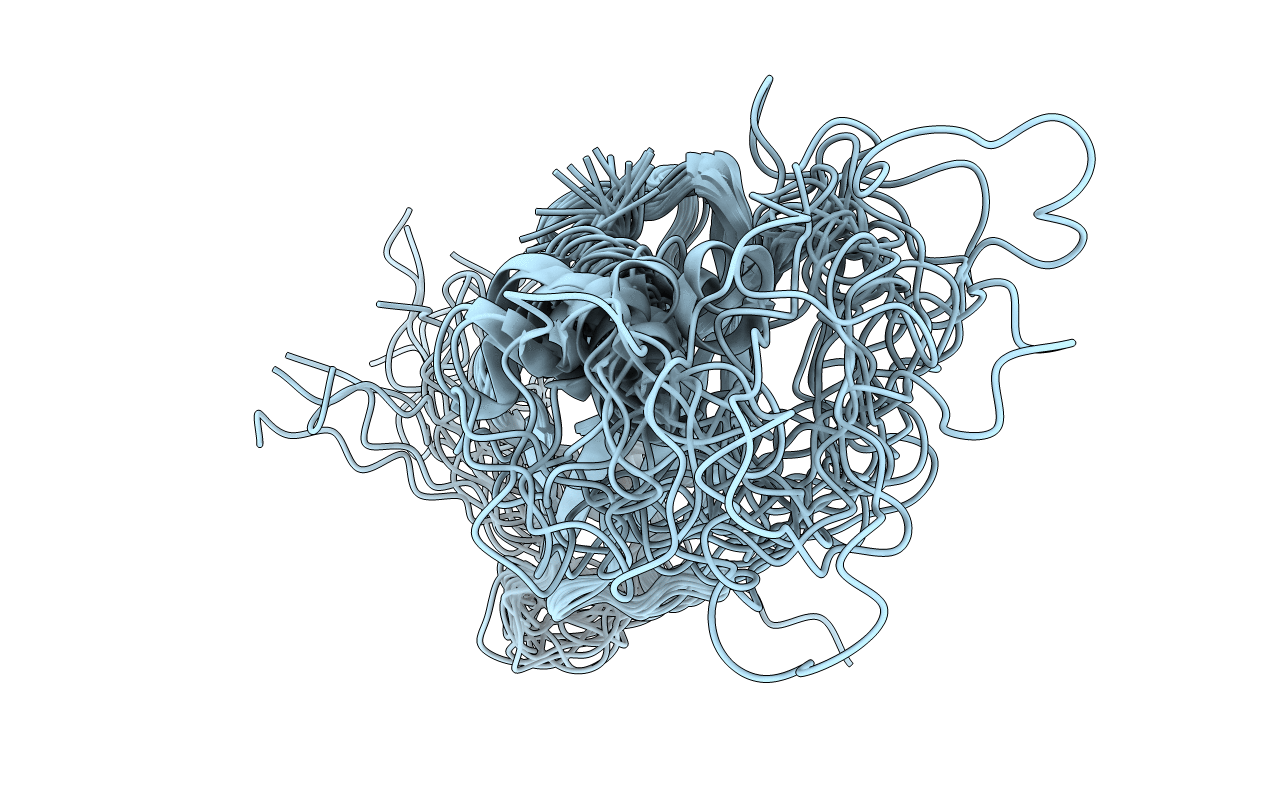
Deposition Date
2009-07-08
Release Date
2009-08-18
Last Version Date
2024-05-22
Method Details:
Experimental Method:
Conformers Calculated:
100
Conformers Submitted:
20
Selection Criteria:
structures with the lowest energy


